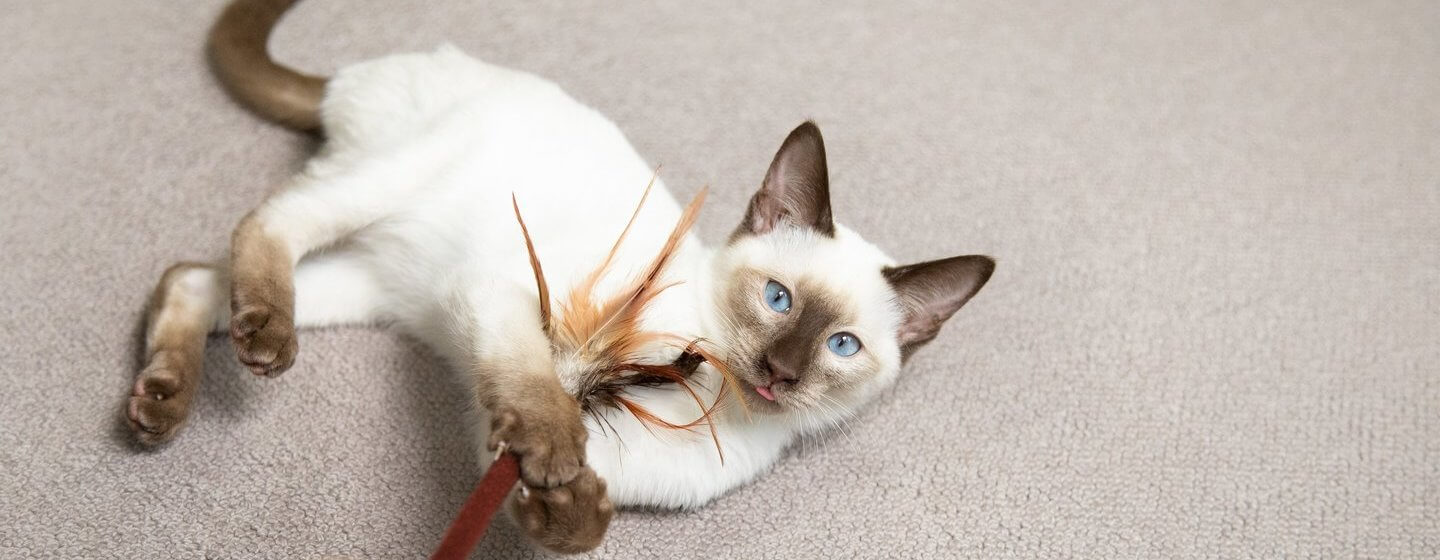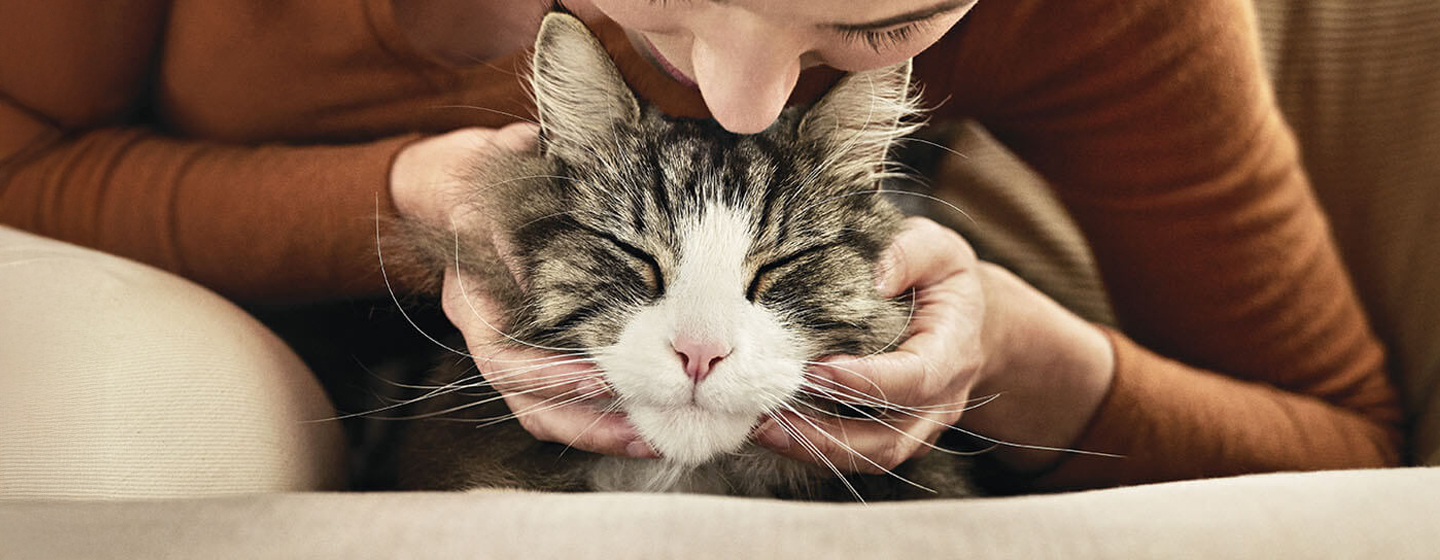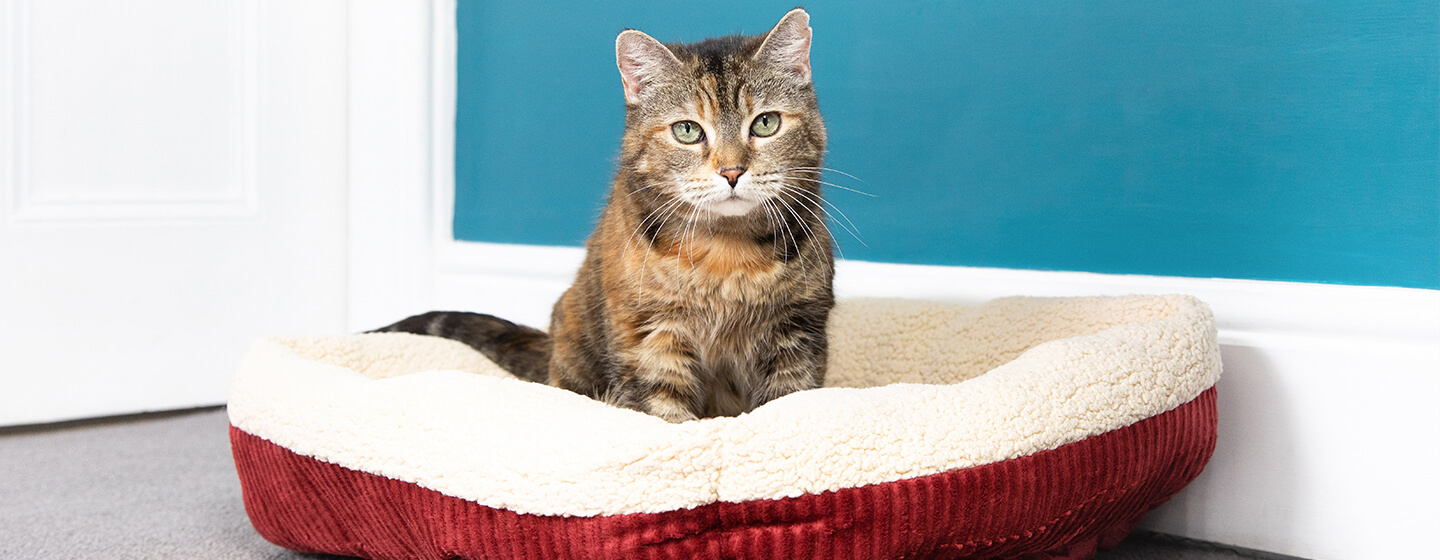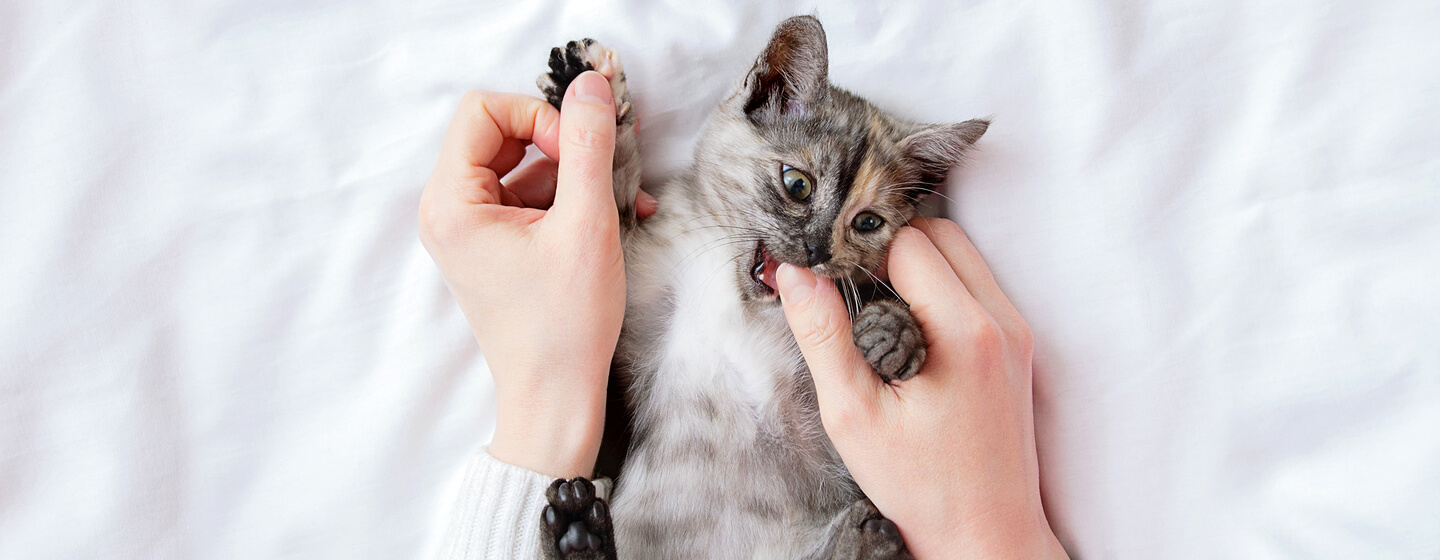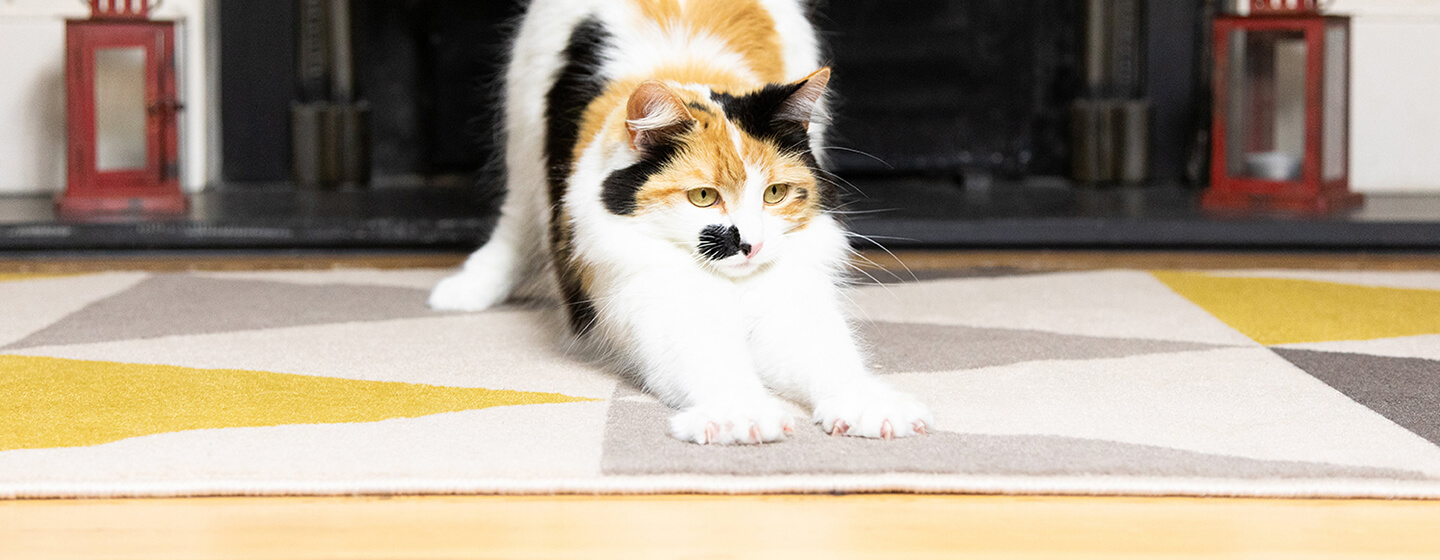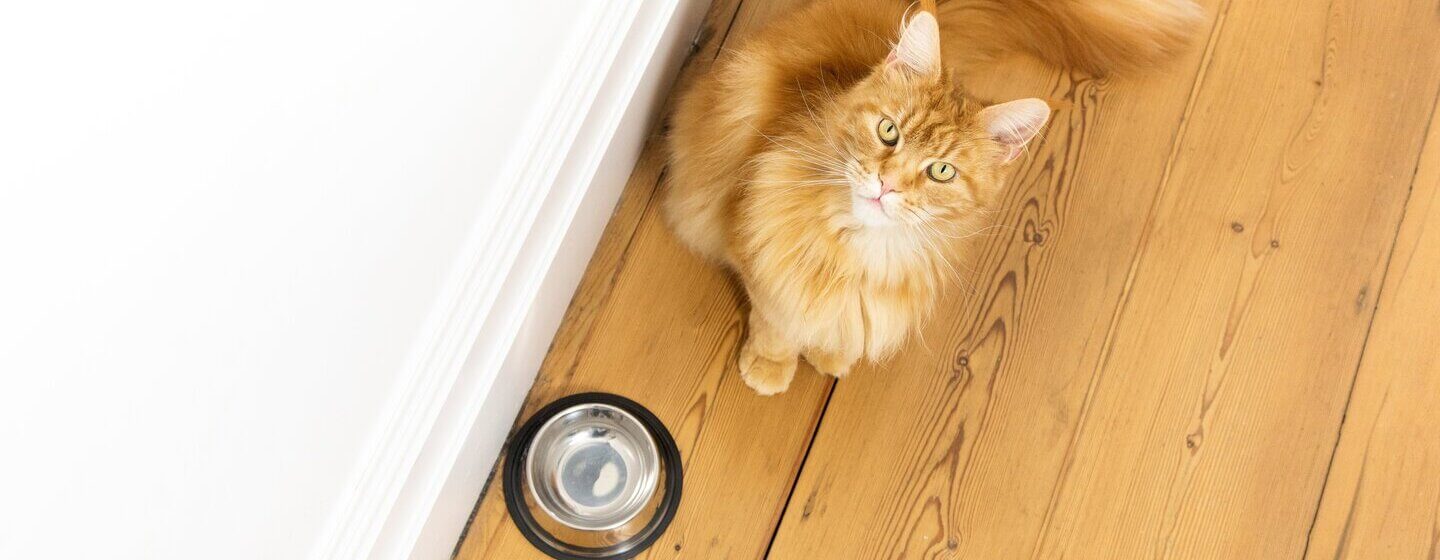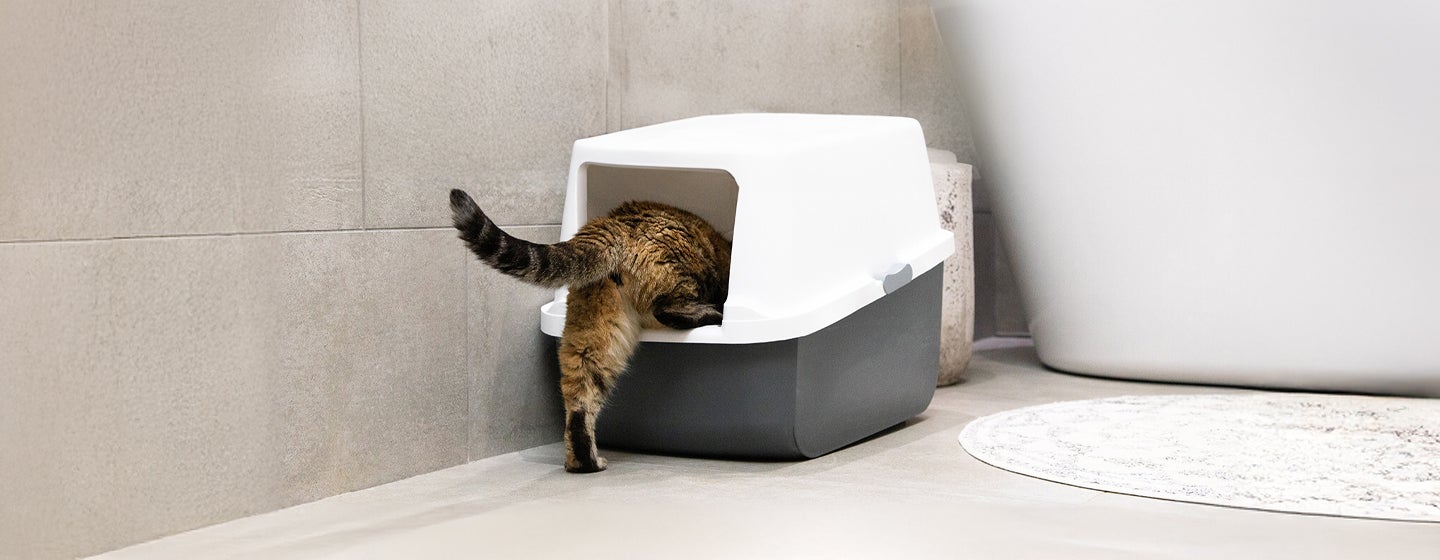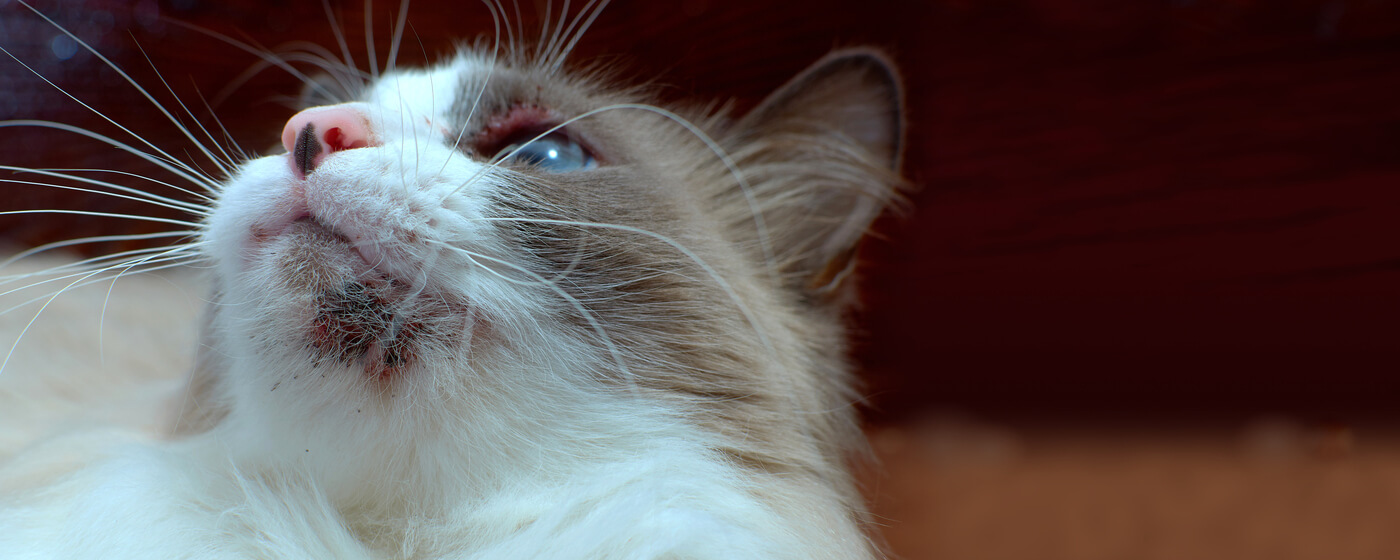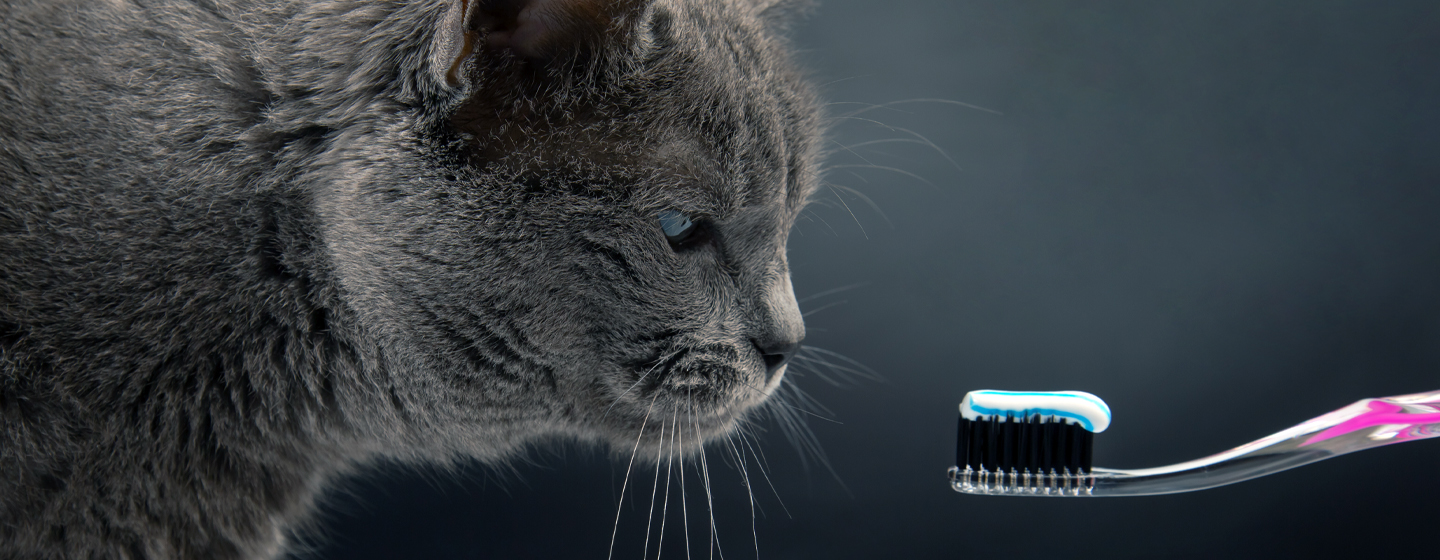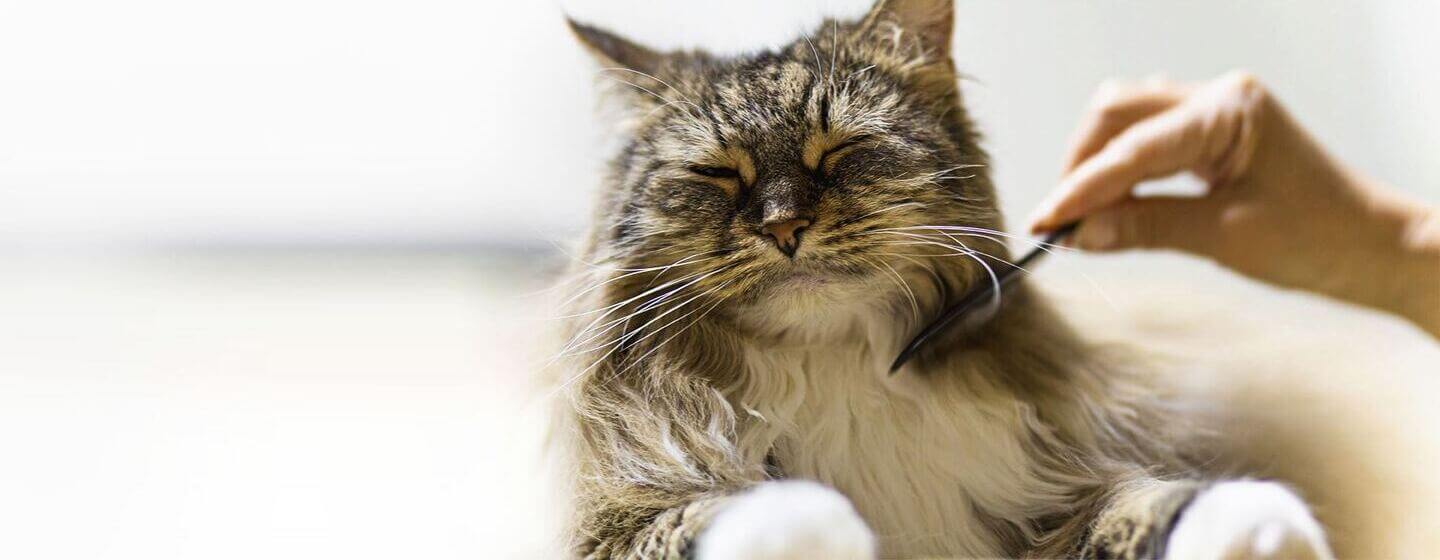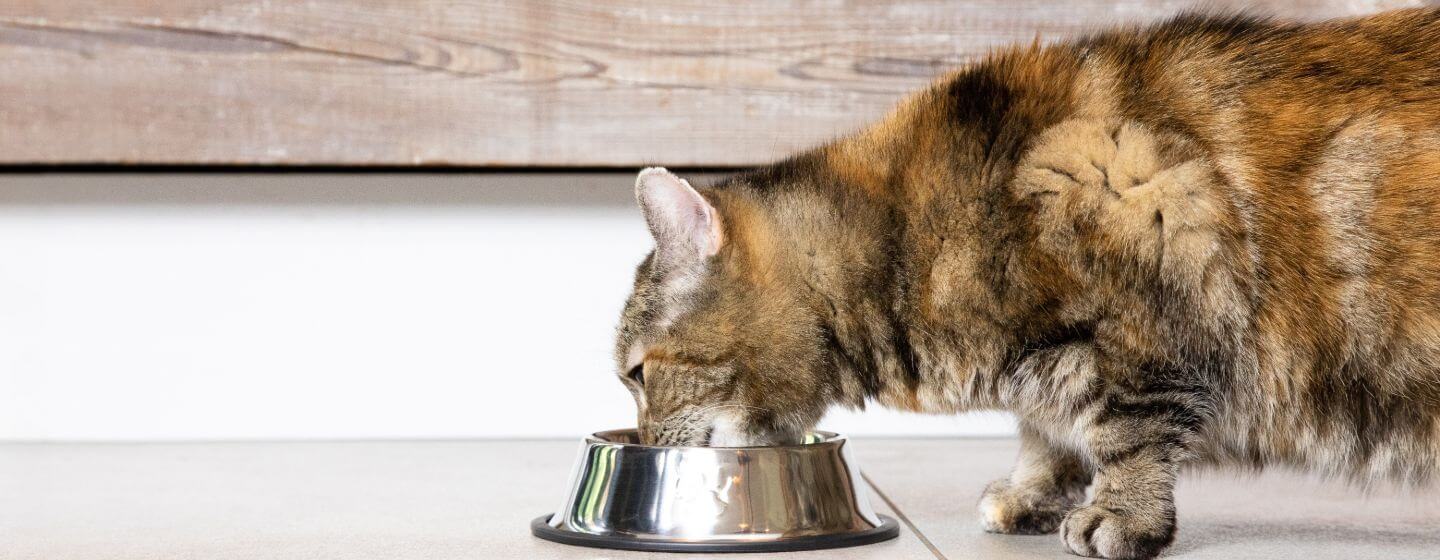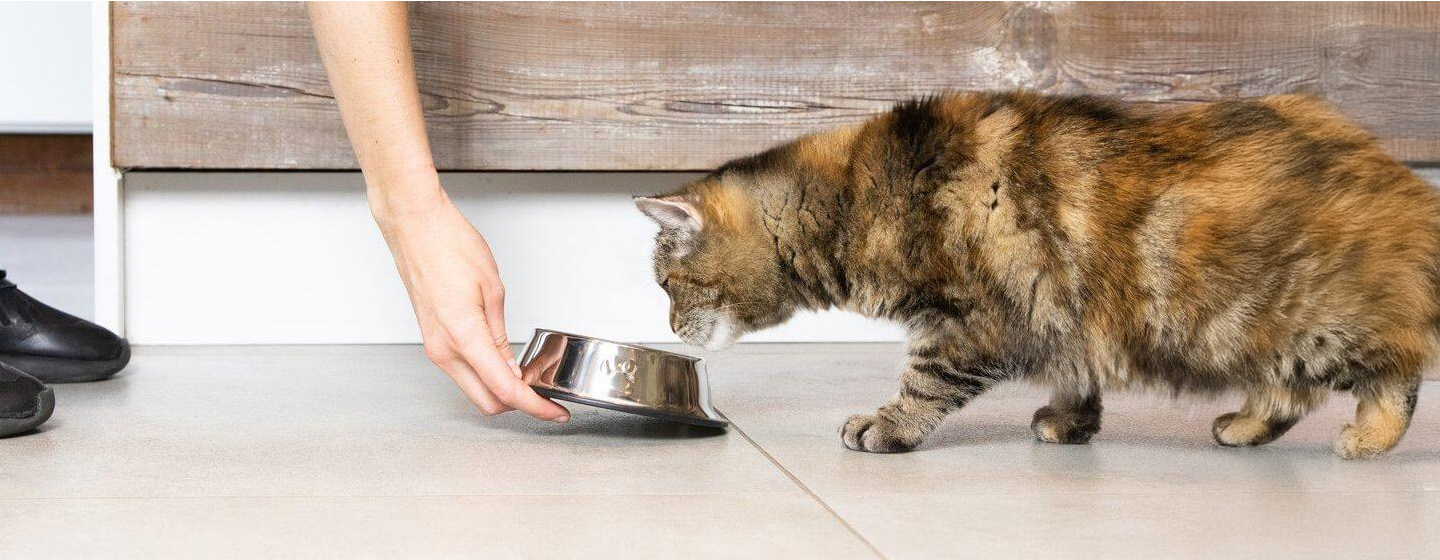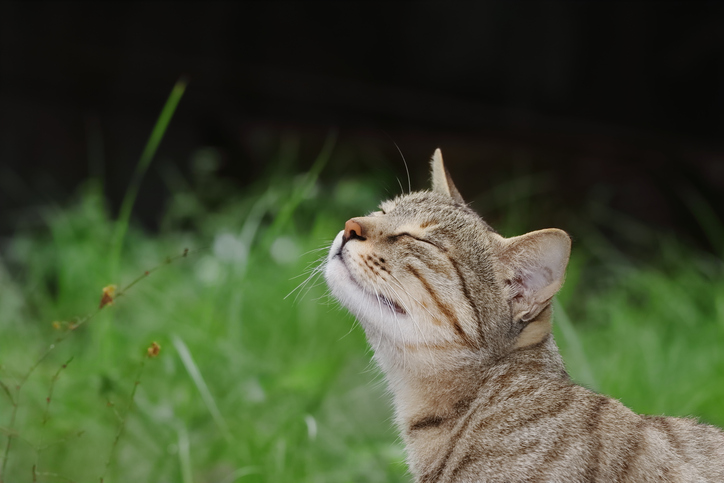
Have a Question About Your Cat?
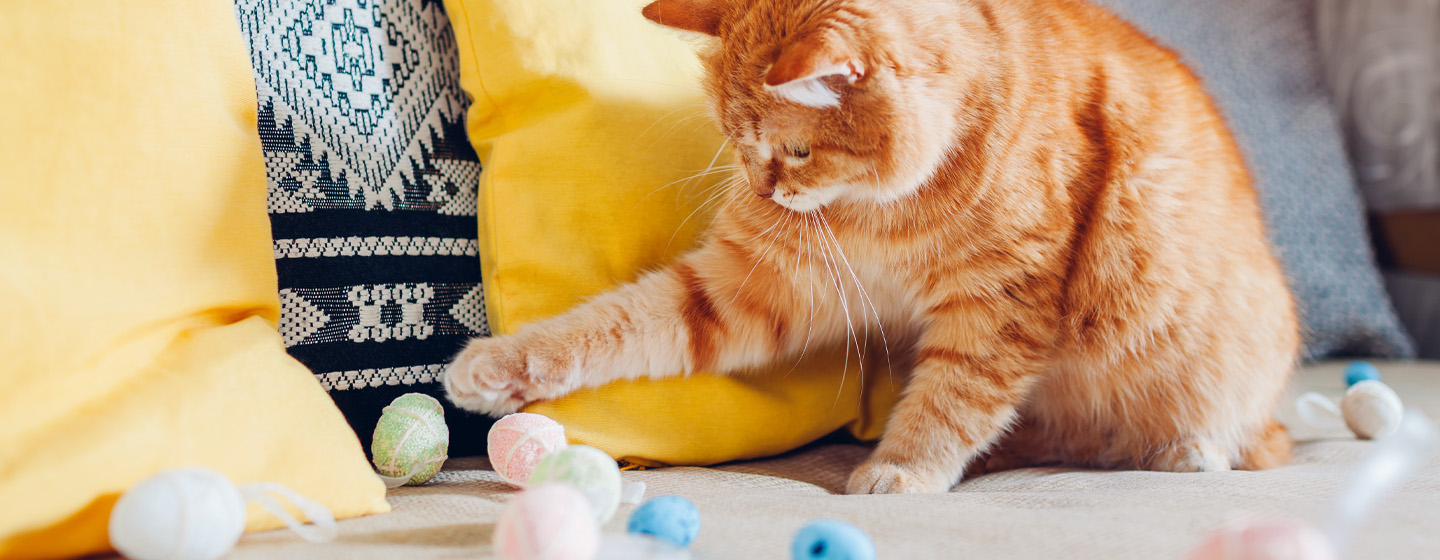
Behaviour & Training
Top 5 Fun Games for Cats
Playing games and spending time with your cat is an important part of being a cat owner. Playing with them is not only a fun form of exercise for both of you, but it also helps to keep your cat stimulated.
Take a look at our five fungames for catstoget ideas for keeping both you and your furry friend entertained for hours.
1. Games for catswith bubbles
Bubbles aren’t just for kids; they make for a great game for cats too! Bubbles come number one on our list because they are so much fun for both you and your cat. Remember that you should buy bubbles that are pet-friendly. Not all bubble fluid is safe for pets, somake sure you’re buying products that are designed for cats.
Most cats try to pounce on the bubbles once they land; this is because their unpredictable movement can appeal to a cat’s natural hunting instinct. Some cats even jump in the air and try to catch the bubbles before they land!
2. Chasinggames for cats
A love of chasing things is ahunting behaviourthat your feline friend loves to live up to. That’s one of the reasons a mousetoyis so much fun for them to play with.
There are lots of types of toys you can use like the‘mouse on a string’ toy, or make your own with anything that dangles.
To kick things offwavethe mouse in front of your cat. This should gain their attention and get them ready to take part. Once they are interested, start dragging the mouse slowly on the floor - your cat should either start chasing the mouse or begin to try and pounce on it. Lastly, move around the room while pulling the mouse along the floor, as this will get your cat moving and encourage them to exercise. You could also try dimming the lights when you play; after all, cats naturally prefer to hunt at night.
3. Using a cardboard box
As many owners know, cats love to hide either under (or inside) a whole range of household objects. Boxes are no exception, and they can provide your car or kitten with hours of fun. All you have to do is place your box on the floor and watch as your cat investigates. Most cats will try and go inside the box; once inside, why not run a toy along the floor in front of the opening to the box? This will encourage your cat to pounce out of the box and try and catch the toy. If you are going to play this game make sure you use a toy on a string, so your feline friend won’t accidently scratch you when trying to grab the toy.
Find outwhy cats love boxesso much with our fun article.

senior care
Your Cat's Age in Human Years
According to popular legend, one human year is the equivalent of seven ‘cat years’, but in reality, a one-year-old cat is much more mature than a seven-year-old child.
How old is my cat in human years?
Although there’s no reliable scientific way to calculate the relationship between human and cat years, it’s generally agreed that the first two years of a cat’s life are roughly equal to the first 25 of a human’s. After this, each additional year is around four ‘cat years’. This means if your cat is six years old, their equivalent cat age in human years will be around 41.
Find out how old your feline friend is using ourcat age calculator
Don’t worry, we’ve done all the math for you! Check our calculator at the bottom of the page and find out your cat’s age in human years at a glance.
What is the average life expectancy of my cat?
The true answer is that it depends, but indoor cats usually live longer than outdoor cats. On average, indoor cats live 16 to 18 years and some even reach the venerable age of 20.
Life expectancy in cats also varies depending on the breed, as some cat breeds will naturally live longer than others. For example, Siamese and Manx breeds are said to live the longest, so could reach a ripe age in human years!
Did you know that according to some sources, the world’s oldest cat lived to be 34? That’s 153 in cat years! Read more fascinating cat facts here.
Cats’ life expectancies have increased dramatically in the last few decades. Although it’s never enough, we’re spending more and more time together with our feline friends and that can only be a great thing.
How can I tell my cat’s age?
To find out how old your cat is, it’s best to take them to a vet. But you can still look for tell-tale signs of a cat’s age and health.
Teeth
Teeth can’t pinpoint the exact date for your feline friend’s birthday party, but they are still a great indicator of a cat’s age. The milestones are:
• A kitten’s first teeth appear between two to four weeks.
• Their permanent white teeth come in at around four months.
• Yellow stains (aka tartar) on a few teeth can mean your cat might be between one or two years old.
• If the stains appear on all teeth, the cat is likely at least three to five years old.
• Missing teeth are usually a sign that your cat is a respectable senior, between 10 to 15 years of age.
• But keep in mind that some cats can just have worse teeth than others regardless of their age.
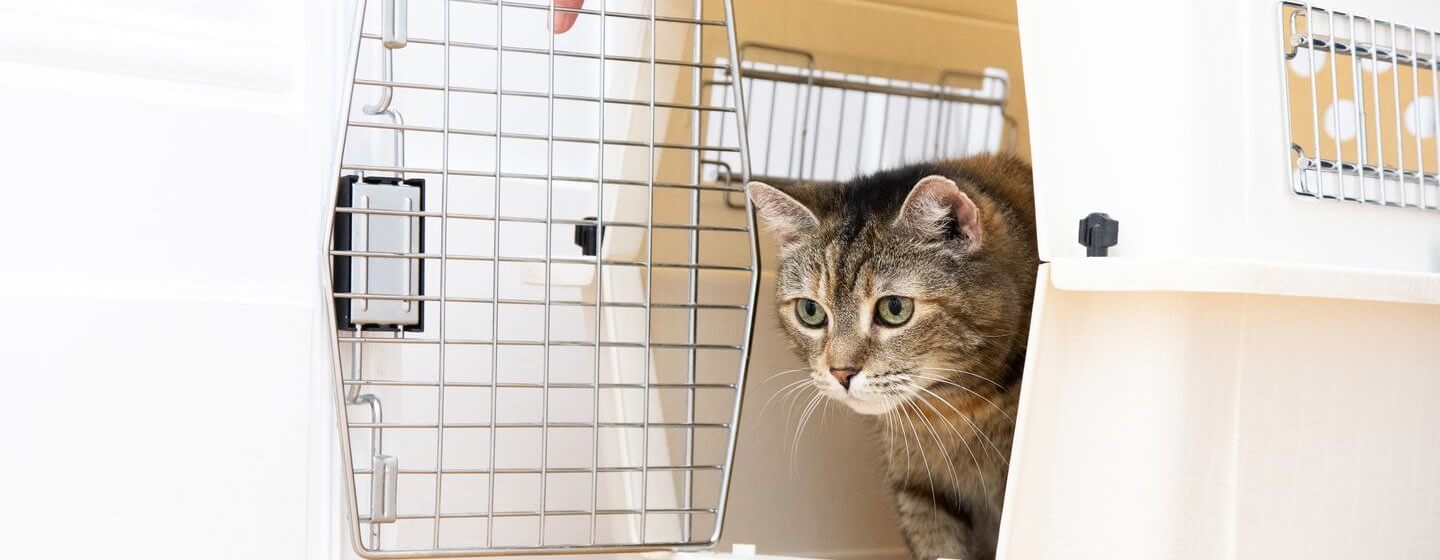
Kitten Care
health
senior care
Cat Vaccination & Health Care: What You Need to Know
As a responsible cat owner, it’s important to keep up to date with your kitten’s vaccinations to protect them from a range of diseases. Read about when to vaccinate your cat or kitten and what to expect here.
Cat vaccinations are vital to help protect them from common illnesses and to help keep them healthy. Additionally, kitten vaccinations are a condition of boarding for most reputable catteries and they are completely necessary if you want to travel abroad with your cat or kitten.
Cat vaccines can be divided into two different types: core and non-core. Core vaccines are recommended for all kittens, and non-core vaccines are given depending on the risk to an individual cat. Discuss with your vet which vaccines are best suited to your cat.
How kitten vaccinations work?
The aim of the kitten vaccine is to immunise your cat against certain illnesses and diseases. The vaccines will help your cat’s immune system to recognise certain viruses and get to action quickly to fight the infection, before the disease can take hold.
What are the core vaccinations for cats?
Core vaccinations are those recommended for all cats. They’re designed to keep your pet safe and free from some very serious conditions, so it’s very important you get your cat vaccinated against these conditions as soon as possible.
By vaccinating against these core diseases, you can also help to protect other cats living in your environment by helping to establish ‘herd immunity’. The more cats that are vaccinated in any one place, the harder it is for viruses to become established in a population. If too many cats are not vaccinated then those viruses become more of a risk to all the cats living there.
Core vaccinations are those recommended for all cats. They’re designed to keep your pet safe and free from some very serious conditions, so it’s very important you get your cat vaccinated against these conditions as soon as possible.
By vaccinating against these core diseases, you can also help to protect other cats living in your environment by helping to establish ‘herd immunity’. The more cats that are vaccinated in any one place, the harder it is for viruses to become established in a population. If too many cats are not vaccinated then those viruses become more of a risk to all the cats living there.
Kitten vaccinations include:
Feline Panleukopenia Virus (Feline Infectious Enteritis or Feline Parvovirus)
This is a highly contagious virus and can often be fatal, particularly for young kittens. The most common symptoms are vomiting, diarrhoea, fever, dehydration (even if they keep drinking), loss of appetite and, less commonly, nervous signs associated with brain damage.
Feline Calicivirus
This virus causes cat flu (sneezing, nasal discharge, mouth ulcers and excess salivation/dribbling). Affected cats may be reluctant to eat and have a temperature.
Feline Herpesvirus
This also causes cat flu, fever, sneezing and nasal discharge as well as ulcers on the eye. Chronic infection can result in nasal diseases.
Kitten Care
Behaviour & Training
Health
Feeding & Nutrition
Senior Care




